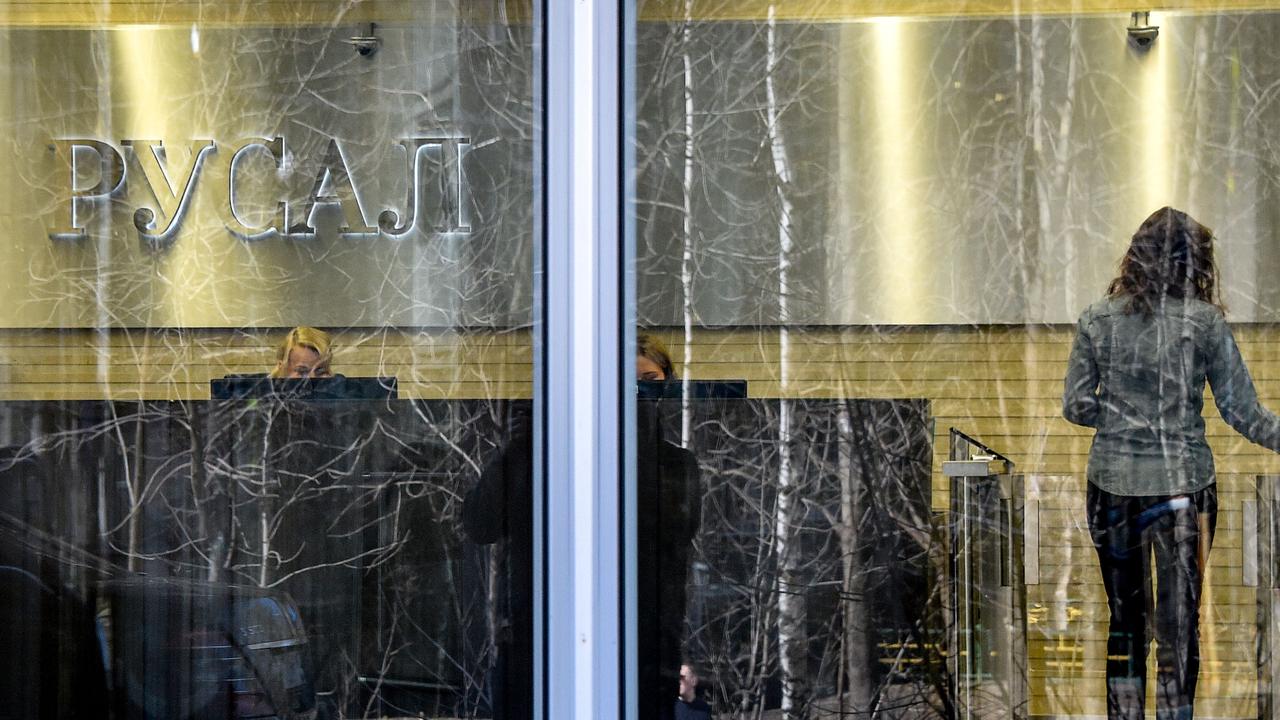US Fed plots no change under Trump

In raising US short term rates for the third time this year and the fifth time since late 2015 (after nearly seven years where the policy rate was essentially zero) the Fed outlined a steady-as-she-goes view of the future.
As it has done throughout most of this year, the Fed still sees three similar 25 basis point increases in the Federal Funds rate next year, two in 2019 and another two in 2020.
That’s despite edging up the consensus view of US economic growth from 2.4 per cent to 2.5 per cent for this year and from 2.1 per cent to 2.5 per cent for 2018 and forecasting further declines in the unemployment rate, from 4.1 per cent (the lowest since 2001) to 3.9 per cent in 2018 and 2019.
It expects US inflation to remain below two per cent past 2020.
That’s a very benign view of the outlook for the US economy and US rates, although the market has been pricing in only two rate rises next year. Both the sharemarket, which rose, and bond markets, where yields eased, were unfussed by the Fed’s action and prognostications.
Powell, at his recent confirmation hearings, said that the Fed wouldn’t factor in the Trump administration tax cuts until they were finalised. Those radical changes to US tax law could also change both the Fed and the markets’ outlooks.
The differing versions of the tax cuts are close to being reconciled by the House and Senate and could be signed into law by Trump as early as next week. They would, it appears, slash the corporate tax rate from 35 per cent to 21 per cent as well as lowering the top personal tax rate from 39.6 per cent to 37 per cent.
The cost of the changes to the US tax regime has been estimated at $US1.5 trillion over a decade, adding a net $US1 trillion or so to Federal budget deficits (currently running at about $US700 billion a year) over the same period.
Under the plan there will also be a tax holiday for US corporates who repatriate cash they are holding offshore to avoid paying the 35 per cent tax rate on its repatriation. The various estimates of how much cash US non-financial corporations hold offshore range from $US1.3 trillion to more than $US2 trillion. Trump himself has said there could be more than $US5 trillion.
Trump has also described the administrations’ tax policies as “rocket fuel’’ for the US economy.

There are, however, competing views on the impact of the tax cuts.
US companies, despite the historically low interest rates, have generally used their ability to borrow very cheaply not to invest but rather to buy back their own shares. There’s no certainty that the benefit of the tax cuts will flow through to investment and growth. It could flow straight through to profits, dividends, buybacks and even higher executive salaries.
Equally, the last time there was a tax holiday for US companies with tax offshore — in 2004 — there was no discernible impact on business investment or economic growth.
If, however, Trump is right and the deficit-funded stimulus does supercharge the US economy by flowing through to small business, households and the consumer spending that would lift demand and therefore investment, the Fed will have a very different outlook to deal with.
US unemployment is already at historically low levels, although it is possible that there is significant underemployment.
The US economy, as the Fed’s projections show, has been gaining momentum that is now starting to accelerate slightly within a developed world economy that is, for the first time since the financial crisis, experiencing expansion.
Trump believes his policies, even before the tax cuts, could lead to a US GDP growth rate of four per cent — it was growing at an annualised rate of 3.3 per cent in the September quarter — but most analysts appear to believe his “rocket fuel’’ will only have a relatively modest short-term additional effect.
Powell, who will replace Yellen in early February, has been a fellow-traveller with Yellen and the more conservative of the Fed’s board members, backing the “softly, softly’’ approach she has overseen as the US has shifted from the emergency post-crisis monetary settings to the start of the process of normalising them.
Even after the fifth rate rise since that process started, the Fed’s range for its benchmark rate is still only modest, between 1.25 per cent and 1.5 per cent.
While the Fed has also started the process of shrinking a balance sheet bloated to $US4.5 trillion by the series of quantitative easings — more than $US3 trillion of bond and mortgage purchases — that were its response to the crisis, the plan involves a very cautious approach with a quite lengthy timeline as the Fed gradually stops reinvesting the cash from maturing securities in its portfolio.
If the Republicans’ tax cuts were to pour fuel onto what is now a quite solidly-growing economy with near full employment, the Fed would inevitably start to get nervous about the implications for inflation. While a turbocharged economy might help end an era of wage stagnation, it might also resolve the conundrum of persistently low inflation levels.

Given that the Fed board will be completely remade sometime next year — apart from Powell’s elevation Trump has already nominated two new governors and by the middle of next year, with Yellen and her vice-chairman Stanley Fischer gone and New York Fed president William Dudley also foreshadowing his retirement, he will be able to add another three.
In other words, five of the seven members of the board will be Trump appointees and a sixth will be his choice as chair.
Whether or not that translates to the Fed acting differently can only be assessed with hindsight.
Conventionally, if the Fed saw the economy growing at a rate approaching four per cent it could be expected to raise rates and accelerate the shrinkage of its balance sheet to tighten policy, remove liquidity and pre-emptively head off the threat of rekindled inflation.
That would represent a threat to both the bond and equity markets, which aren’t factoring in material rate rises or any change in the Fed’s approach to maintaining its balance sheet.
Indeed, even as the Fed reaffirmed its expectation of three rate rises next year, and some Fed observers suggested four would be more likely, the markets are pricing in only two — they are pricing in an optimistic case for the economy, including the impact of the tax cuts — which suggests that there could be very significant volatility if the Fed were to become more aggressive.
The markets wouldn’t necessarily be the only source of volatility in those circumstances. Trump presumably wouldn’t react well to an aggressive attempt by the Fed to counter the expansionary effects of his pet policies, indeed the only truly significant piece of legislation the administration is likely to have legislated in its first year.
An angry and vengeful Trump would be a threat to the Fed’s independence and credibility, with implications for markets and economies throughout the globe.
If the Fed’s current sanguine forecasts, and Trump’s more optimistic ones, both play out, of course, that confrontation wouldn’t occur.




If the US Federal Reserve Board’s projections were to be borne out, a Jerome Powell-led Fed stacked with Donald Trump appointees would follow a course for US monetary policy that would be no different to that pursued by Janet Yellen.